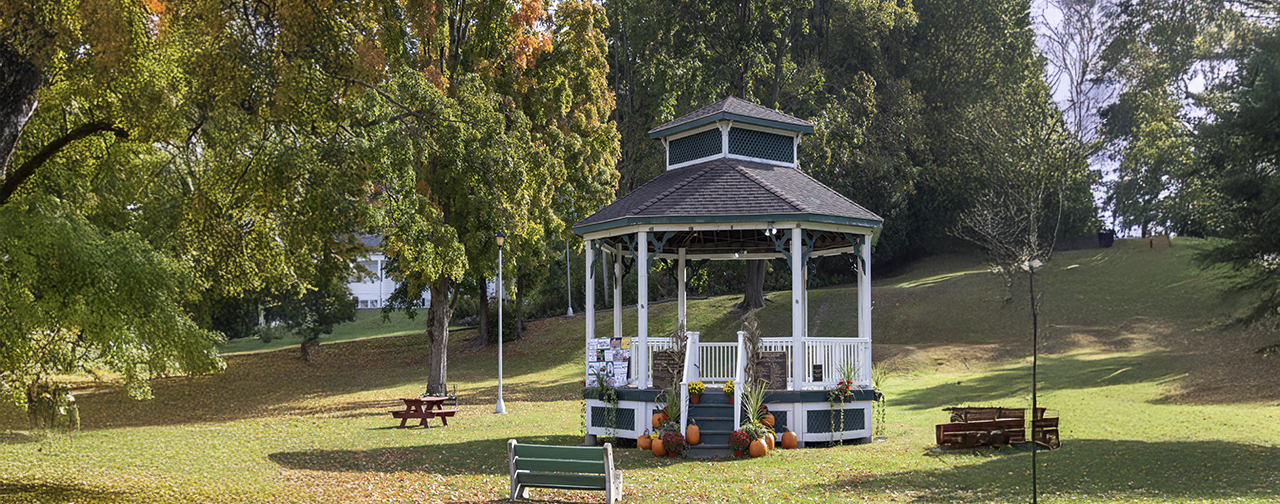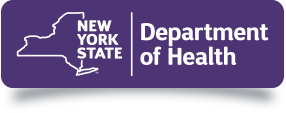
The Hoosick Area Community Participation Work Group (CPWG) was formed by the New York State Department of Environmental Conservation (NYSDEC) in 2019 to foster community engagement amidst concerns over perfluorooctanoic acid (PFOA) contamination affecting the Village of Hoosick Falls and the Town of Hoosick. Tasked with sharing information with the community and providing feedback to state agencies on remediation activities and the water supply project, the CPWG has helped community stake holders more clearly understand the complexities of remediation activities.
The CPWG operates through a structured monthly meeting framework, alternating between public meetings and CPWG working sessions. The public meetings, which offer both in-person and virtual attendance options, serve as a platform for residents to vocalize their questions and concerns, as well as to hear directly from state agencies and responsible parties on how community interests are being addressed throughout the remediation process.
From initial site investigations to the construction of a new, permanent water source, the CPWG has helped to ensure transparency and accountability at every step. The organization’s efforts to disseminate crucial information and channel community feedback have been instrumental in shaping remediation activities and the implementation of vital projects such as the new water supply initiative.

With the exception of the chief elected official of the Village of Hoosick Falls and the Town of Hoosick, CPWG participation is an individual membership; members are not appointed to represent the agenda of other groups (e.g., employer, special interest group, or other club or organization). With the exception of the chief elected official of the village and town, members are appointed for a renewable two-year term.
Current Members
The following are current members of the Hoosick Area CPWG, all of whom are residents of the town or village
- Christopher Bettis, Co-Chair
- Pat Daily, Co-Chair
- Michael Hickey, Village Liaison
- David Lukas
- Sean Nealon
- Eric Sheffer
- Mark Surdam, Town Supervisor
- Marianne Zwicklbauer
CPWG members are expected to attend monthly meetings and uphold the principles and standard of conduct as defined in the bylaws of the CPWG. Meetings are facilitated by The Paige Group, an independent third-party consulting firm that specializes in stakeholder engagement.
Residents, community and business leaders, and other local community stakeholders interested in participating in this group should submit a one-page letter of interest and include the following information
- Name
- Address, email, and phone number
- Reason for interest in participating on the CPWG
- Particular topics of interest
Interested community members should submit a letter of interest to the attention of CPWG facilitator, The Paige Group, via mail or email.
Hoosick Area Community Participation Work Group
Attn: The Paige Group
258 Genesee St., Suite 204
Utica, NY 13502
Public CPWG meetings are typically held from 6–8 p.m. the fourth Tuesday of the month at a convenient local venue such as the Hoosick Falls High School or the Hoosick Armory. These are in-person meetings and a virtual meeting link also is provided. The CPWG announces meeting location and other details well in advance via a press release to the media and a notice sent to all those signed up on the CPWG Listserv.
All Hoosick area residents and guests who would like to access the public meetings, as well as receive meeting reminders and ongoing communications about the CPWG, should join the CPWG listserv by sending an email to: hoosickfallscpwg@paigegroup.com
Please include your full name (first and last) and email address.
2025 Public Meetings:
In late 2014, perfluorooctanoic acid (PFOA) was detected in the Village of Hoosick Falls public drinking water supply wells at levels higher than the recommended U.S. EPA advisory level. Subsequent testing also identified PFOA in private wells in the Town of Hoosick. Following the installation of water filtration units, all municipal water supply testing results have indicated non-detectable levels of PFOA since March 13, 2016.
PFOA is a man-made chemical used to make non-stick and other household products that are resistant to water, grease, and stains. The chemical is also used in Teflon coating and manufacturing processes.
In the Hoosick area, PFOA-contaminated groundwater is linked to past manufacturing sites throughout the town and village. The NYSDEC has identified Saint-Gobain Performance Plastics and Honeywell International as responsible parties for the contamination.
Since then, they have completed a $5.5 million project on a new permanent water transmission line for the village of Hoosick Falls.
The new water supply distribution system is part of a $45 million agreement between New York State, Saint-Gobain, and Honeywell to implement the new water supply, address perfluorooctanoic acid (PFOA) contamination from historic industrial operations at the McCaffrey Street facility and other sites in the village, and reimburse the State for costs incurred by taxpayers for the cleanup.
Today, the Hoosick area Superfund sites include:
- Saint-Gobain–McCaffrey Street
- Former Oak Materials–John Street
- Saint-Gobain–Liberty Street
- Hoosick Falls Landfill
- Alexander Schmigel Property
Investigative work is also being performed at potential Superfund sites, or “P” sites, which include:
- Oak Materials–River Road
- Interface Solutions
- Former Dodge Machine
- Allied-Signal Laminate Systems–Mechanic Street
- Former Oak-Mitsui–First Street
Superfund is a program for identifying, investigating, and cleaning up sites where consequential amounts of hazardous waste may have been disposed. Identified sites go through a process of investigation, evaluation, cleanup, and monitoring that has several distinct stages:
- Site characterization: Initial investigation of potentially contaminated site, or “P” site, to determine if hazardous waste was disposed in a consequential amount and if it poses a significant threat; site and classification are listed on the Superfund registry
- Remedial investigation: Follows preliminary site investigations by NYSDEC and New York State Department of Health (NYSDOH) that verify the presence of hazardous wastes that pose a significant threat to public health and the environment
- Feasibility study: Remedial alternative evaluation is determined based on nine evaluation criteria; proposed remedial action plan is created
- Record of Decision (ROD): State presents the proposed remedial action plan to the public for comment; final remedial decision is documented in the ROD
- Remediation and reclassification: Following remediation as determined by the ROD, the site is reclassified
There are five classifications for hazardous waste sites specified in the Environmental Conservation Law:
- Class 1: Causing, or presenting an imminent danger of causing, irreversible or irreparable damage to the public health or the environment; immediate action is required
- Class 2: Significant threat to the public health or environment; action is required
- Class 3: Does not present a significant threat to the environment or public health; action may be deferred
- Class 4: Site properly closed; continued management is required
- Class 5: Site properly closed; continued management is not required



